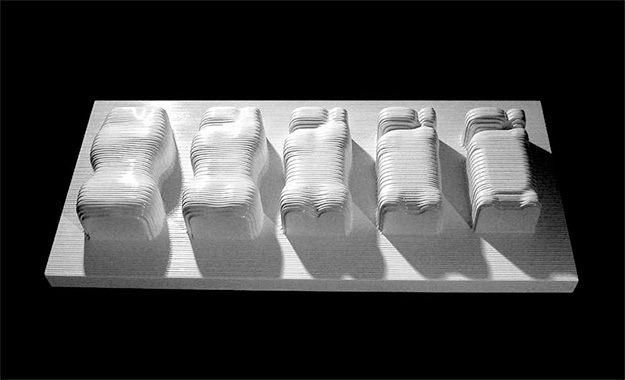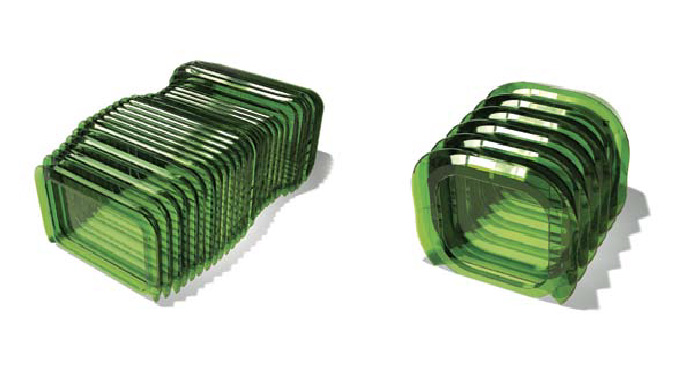

Alive and Kicking: Energetic Formations
This past century has been marked by numerous architectural theories attempting to define the intricate relation between form and its associated affect. This search toward guiding principles for an architecture that is responsive to human perception has created a centennial obsession for giving life to architectural forms. Just to name a few, Patrick Geddes’ “Life-conserving Principles” (1915), Frederick Kiesler’s “Correalism and Biotechniques” (1939), Peter Collins’ “Biological Analogy” (1959), Markos Novak’s “transarchitecture” (1985), and Karl Chu’s “genetic architecture” (2000), these theoretical assumptions have in common a notion of architectural performance that gets translated in terms of its capacity to reflect and draw from the complexity of the human organism. While these theories have emerged in different contexts of knowledge, they have in fact triggered an approach to architectural performance that is intricately associated with life and its energetic capability to stream and generate information. Architecture that is alive and kicking.
With the advent of information theories and its ever-increasing role in design processes, architecture is now more than ever putting life at the center of its preoccupation. Commonly interfacing heterogeneous parameters, architectural forms have given place to energetic formations that are seen and designed to continuously process, assess and produce informative energies. By approaching architecture in terms of energetic formations, it is here suggested that the conventional terms form, structure and function are now replaced by notions of memorization, association and connection.